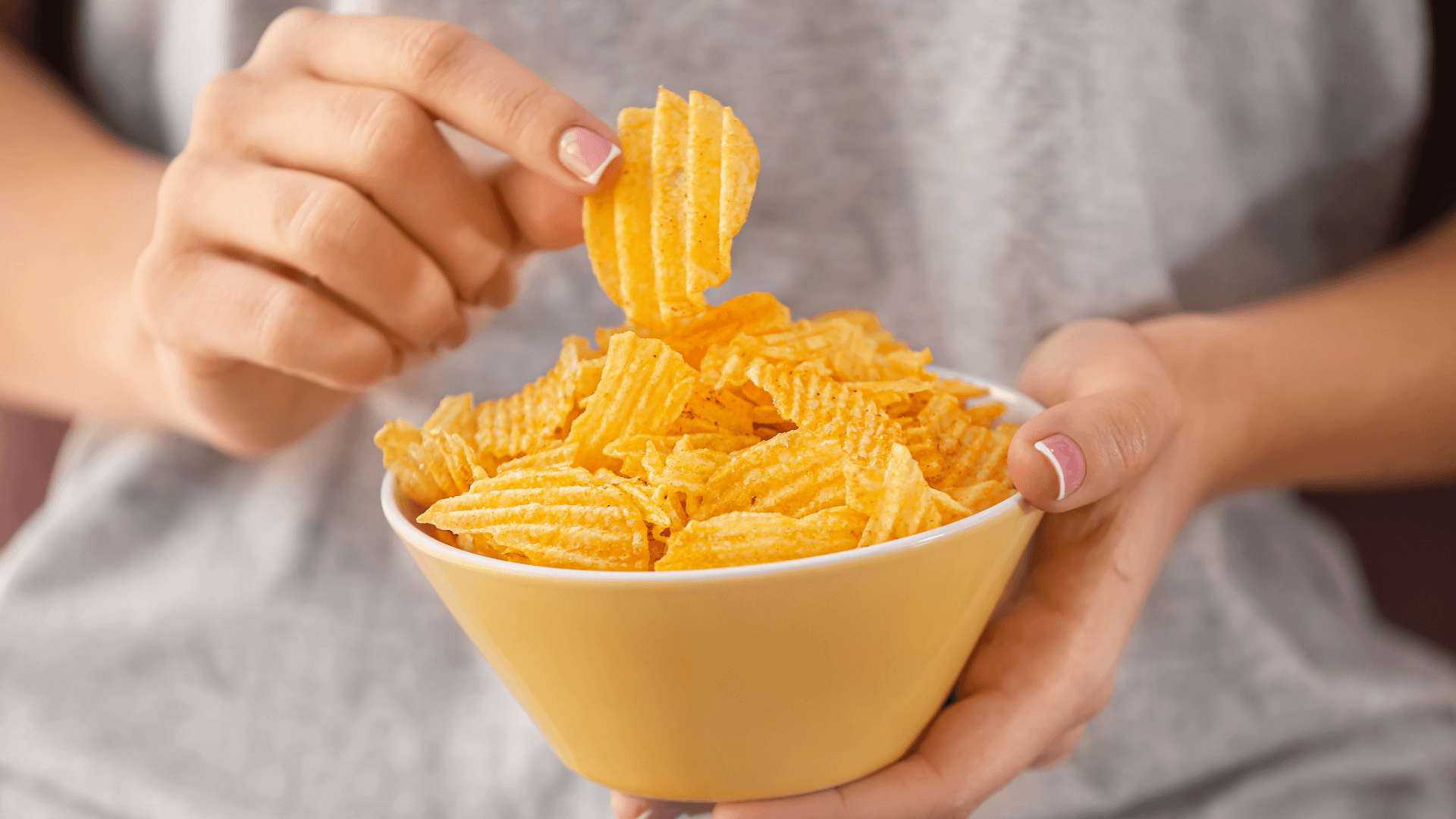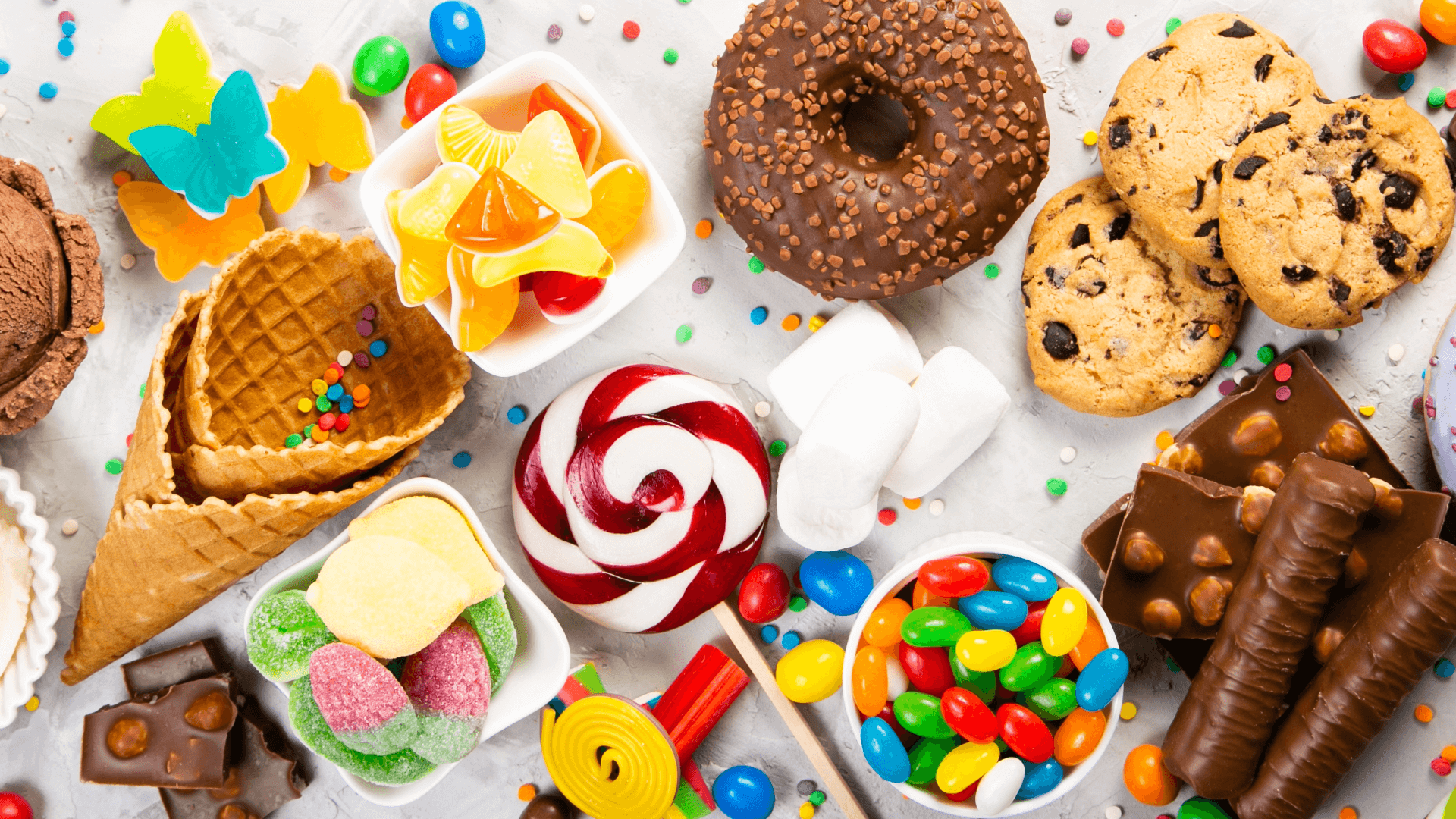What Counts as Junk Food in the Upcoming UK Advert Ban
Posted by Emma on 18th Sep 2024 Reading Time:
From October 2025, the UK will take a significant step toward addressing childhood obesity by banning online adverts for junk food. This new regulation will also apply to TV advertisements shown before 9 PM. The aim? To shield children from the influence of ads promoting unhealthy food and drinks.

The government’s decision reflects a growing concern: over a third of children in England are overweight or obese by the time they finish primary school. Health Minister Andrew Gwynne highlighted the need to protect young minds from marketing that could shape their eating habits early on. But what exactly counts as junk food under this upcoming ban, and how does the government decide?
The government will classify a product as “junk food” if it meets two specific criteria. First, it must be considered “less healthy” according to a scoring system that evaluates its nutrient content, including sugar, salt, fat, and protein levels. Second, the product must fall into one of 13 pre-defined categories.
Here’s a breakdown of what’s likely to be banned:
Soft Drinks: This includes sugary drinks like cola, lemonade, and fruit juice, as well as energy drinks and smoothies.
Savoury Snacks: From crisps to crackers and rice cakes, this category covers many snack foods, with exceptions for certain nuts and dried fruits.
Breakfast Cereals: Items like granola, muesli, and porridge oats fall under this category, depending on their sugar content.
Chocolates and Sweets: Alongside chocolates, sweets, and chewing gum, this category also covers popcorn and many other confectioneries.
Ice Cream: Both dairy and non-dairy ice creams, as well as frozen yoghurt and sorbet, are included.
Cakes and Cupcakes: From doughnuts to éclairs, flapjacks, and more, many baked goods will be restricted.
Biscuits and Bars: This extends to cereal, protein bars, and other snack products like wafers.
Morning Goods: Croissants, pain au chocolat, crumpets, scones, and even hot cross buns are covered under this broad category.
Desserts and Puddings: These sweet treats won’t escape the ban, from custard to jelly and mousse.
Yoghurts: Any sweetened yoghurt, including dairy alternatives and drinkable varieties, will be affected.
Pizza: All varieties of pizza are included, although plain bases and garlic bread are exempt.
Potatoes: While plain and sweet potatoes are safe, processed items like chips and hash browns will be banned.
Ready Meals: Anything intended as a main meal, such as sandwiches and burgers, falls under this category.
Some exceptions exist, including baby food, weight control products, and food supplements. But for the most part, the ban covers a wide range of everyday items.

This isn’t the first time the UK government has taken steps to reduce junk food consumption. In 2009, rules were introduced to prevent junk food ads from appearing during children’s TV shows. More recently, a tax on sugary drinks was implemented in 2016, encouraging manufacturers to reduce sugar content and reduce the sugar in drinks sold across Britain.
In 2022, calorie counts were added to menus in large restaurant chains, helping consumers make more informed choices. Supermarkets have also been restricted from displaying unhealthy foods in prominent areas like checkout aisles.
The UK’s efforts are not unique. Norway has banned advertising sugary drinks and sweets to anyone under 18. Portugal has similar restrictions on junk food ads, especially during TV programmes that are popular with younger audiences. Meanwhile, the EU has also considered introducing limits on junk food marketing aimed at teenagers, though this policy is still under discussion.
These changes reflect a growing recognition that advertising significantly shapes our food choices, especially for children. While parents and schools continue to play critical roles in promoting healthy eating, reducing the exposure to junk food adverts could help set healthier patterns for the next generation.

